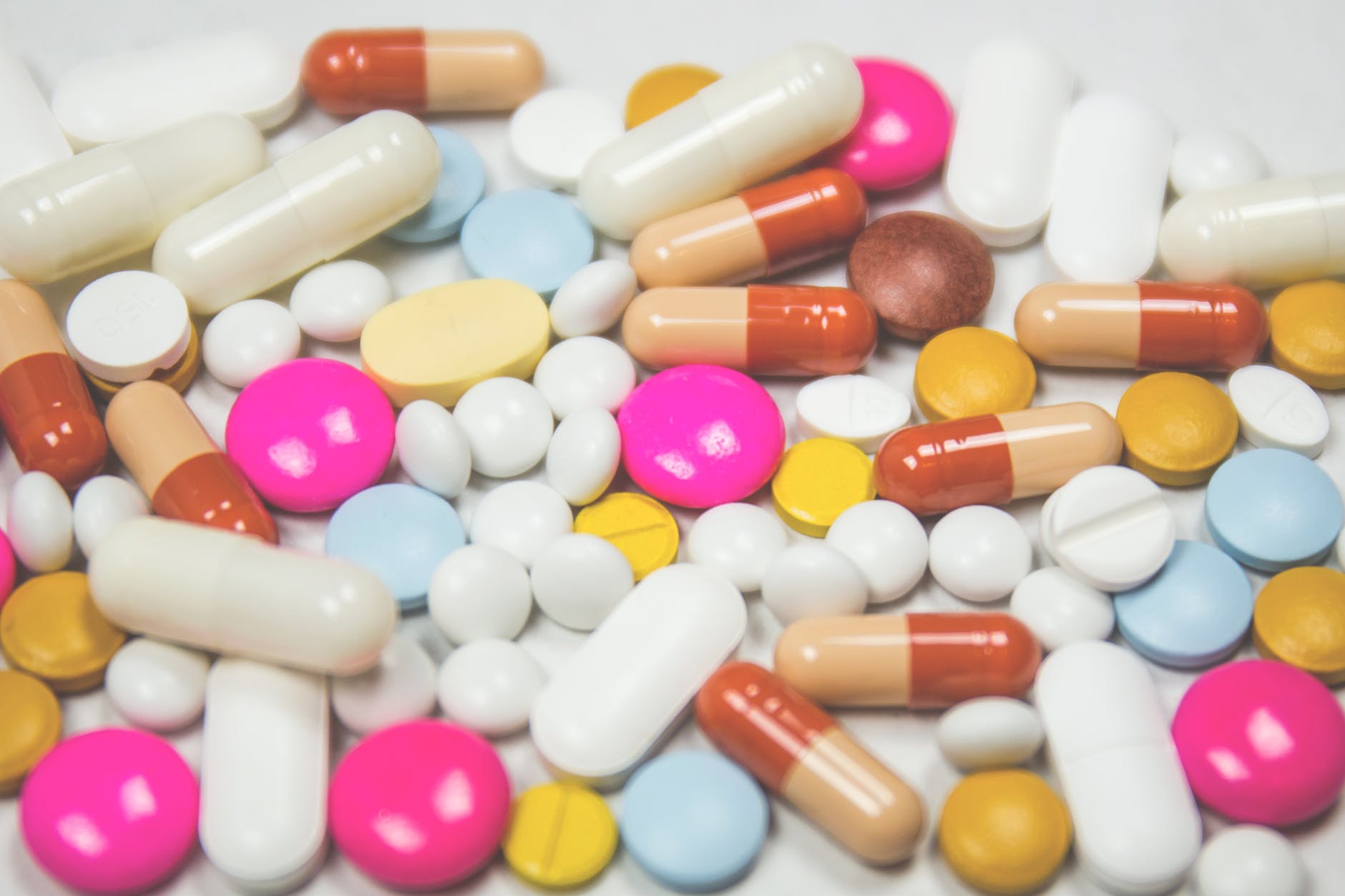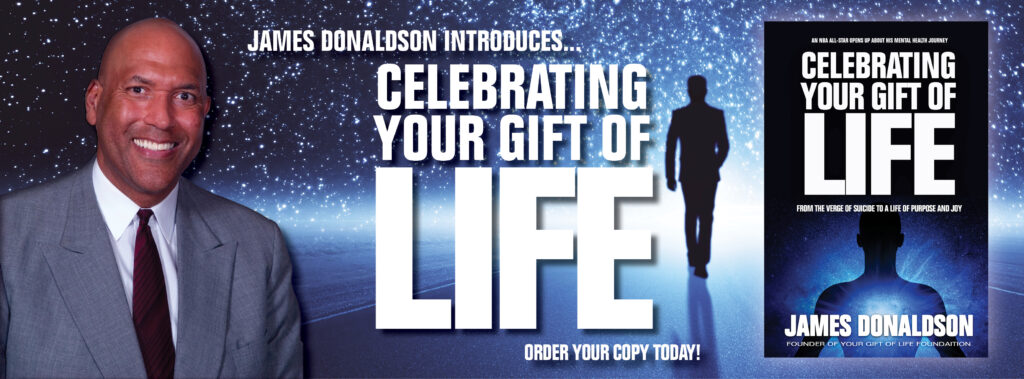

The underlying causes of youth suicide are complex and difficult to study. But one thing is for certain, the rate of suicide deaths among children has been on an upward trajectory for more than a decade.
The suicide rate did drop among 10- to 24-year-olds between 2021 and 2022, according to preliminary data from the U.S. Centers for Disease Control and Prevention, but it remains elevated compared with two decades ago.
Suicide is one component—and the most tragic—of the youth mental health crisis that has been straining school resources.
One potentially overlooked factor driving the numbers up is the opioid crisis, said David Powell, a senior economist at RAND Corp., who studies the opioid crisis and policies to address it.
He’s been analyzing parallel trends between the rapid increase in child suicide deaths and the rise of illicit opioid use among adults.
Education Week interviewed Powell recently to better understand the influence the opioid crisis is having on youth mental health.
This conversation has been edited for length and clarity.
What made you want to examine how opioid abuse is connected to youth suicide?
A lot of the work on the opiate crisis is focused on overdose death, which obviously we should study. But I think we overlook these broader effects—not just on those who are misusing opioids, but also people who aren’t misusing opioids. Children are these forgotten victims of the opioid crisis because they’re much less likely to be directly exposed to prescription or illicit opioids. But having a parent die of an overdose or struggle with caretaking responsibilities itself is a traumatic event with potentially lifelong consequences.
At the same time, I did notice these trends in child suicide rates that we’re seeing now are just completely unprecedented in both duration and magnitude. I noticed my other work lined up—that when that rise started coincided with the start of the illicit opioid crisis.
You found a link between opioid use and youth suicides, but not because youth were using opioids. What did you find?
 David Powell
David PowellThe shift from prescription opioids to illicit opioids was really caused by the reformulation of OxyContin. In late 2010, they stopped selling the original version, and they released this abuse-deterrent version of OxyContin.
In this previous study, I found that areas which had higher rates of OxyContin misuse were the areas where you saw this sharper increase in heroin deaths. Heroin deaths began to increase in 2010, 2011, and then eventually fentanyl deaths increased more in those places too.
I basically took that same material strategy and used it on child suicide rates. And it was the exact same pattern: the places that had really high rates of OxyContin use prior to reformulation, they’re the ones where you see this major shift to heroin and fentanyl and that’s where you see the rise in child suicide rates.
I also have rates of just pain reliever misuse more generally. And those don’t predict anything about child suicide rates after 2010. So, it was unique to OxyContin.
Children themselves don’t really misuse opioids at very high rates, so you don’t see that many deaths from illicit opioids among children under 18. That’s changed a bit in like the last couple years. That suggests that there’s some other mechanism that’s affecting them, and that’s where paper doesn’t have a great answer.
But it suggests that it’s more about the broader effects of the opiate crisis worsening conditions for children in general. There’s increased rates of child neglect, there’s worsening economic conditions. So, all these things that are adding stressors to households.
#James Donaldson notes:
Welcome to the “next chapter” of my life… being a voice and an advocate for #mentalhealthawarenessandsuicideprevention, especially pertaining to our younger generation of students and student-athletes.
Getting men to speak up and reach out for help and assistance is one of my passions. Us men need to not suffer in silence or drown our sorrows in alcohol, hang out at bars and strip joints, or get involved with drug use.
Having gone through a recent bout of #depression and #suicidalthoughts myself, I realize now, that I can make a huge difference in the lives of so many by sharing my story, and by sharing various resources I come across as I work in this space. #http://bit.ly/JamesMentalHealthArticle
Find out more about the work I do on my 501c3 non-profit foundation
website www.yourgiftoflife.org Order your copy of James Donaldson's latest book,
#CelebratingYourGiftofLife: From The Verge of Suicide to a Life of Purpose and Joy

www.celebratingyourgiftoflife.com
Link for 40 Habits Signup
bit.ly/40HabitsofMentalHealth
If you'd like to follow and receive my daily blog in to your inbox, just click on it with Follow It. Here's the link https://follow.it/james-donaldson-s-standing-above-the-crowd-s-blog-a-view-from-above-on-things-that-make-the-world-go-round?action=followPub
The pandemic and social media have both gotten a lot of blame for the youth mental health crisis. How big a piece of the youth mental health crisis is the opioid epidemic?
It’s a big piece. But I’ll caveat that. paper concludes that about half of the rise of child suicides can be linked to this shift to illicit opioids. The caveat is, if I had really good experiments for all these different hypotheses we have , like social media, and I did studies for each of those, that could all add up to over a hundred percent pretty easily. You might need four different things to happen.
So that would look weird, if somebody’s 50 percent responsible, 80 percent responsible, but it might be just because it’s the interaction of those things that really matters. That’s a frustrating answer because it doesn’t really rule out anything either. But it does say that the opiate crisis itself is currently playing a major role.
 Photo by freestocks.org on Pexels.com
Photo by freestocks.org on Pexels.com https://standingabovethecrowd.com/james-donaldson-on-mental-health-is-there-a-link-between-opioids-and-youth-suicides-what-educators-need-to-know/


No comments:
Post a Comment